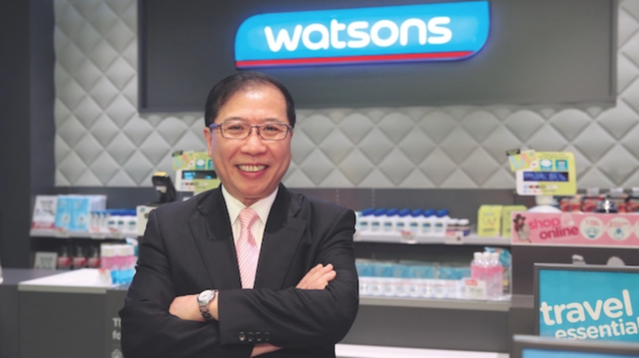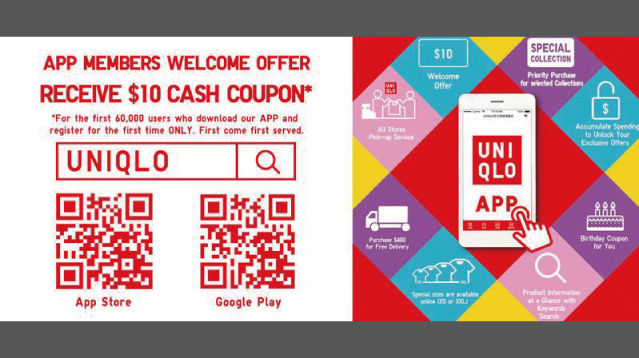LCP measures when the largest content element in the viewport is rendered to the screen. This approximates when the main content of the page is visible to users. See Largest Contentful Paint defined for more details on how LCP is determined.
LCP measures when the largest content element in the viewport is rendered to the screen. This approximates when the main content of the page is visible to users. See Largest Contentful Paint defined for more details on how LCP is determined.
LCP measures when the largest content element in the viewport is rendered to the screen. This approximates when the main content of the page is visible to users. See Largest Contentful Paint defined for more details on how LCP is determined.
LCP measures when the largest content element in the viewport is rendered to the screen. This approximates when the main content of the page is visible to users. See Largest Contentful Paint defined for more details on how LCP is determined.
LCP measures when the largest content element in the viewport is rendered to the screen. This approximates when the main content of the page is visible to users. See Largest Contentful Paint defined for more details on how LCP is determined.
LCP measures when the largest content element in the viewport is rendered to the screen. This approximates when the main content of the page is visible to users. See Largest Contentful Paint defined for more details on how LCP is determined.
Lack of O2O Strategies - Forever 21 Bankruptcy Signals a Shift in New Retail Age
US fashion brand Forever 21 has filed for bankruptcy protection and asked to close 178 stores across the US, as well as most of its stores across Asia and Europe, including the last shop located in Mongkok, Hong Kong.
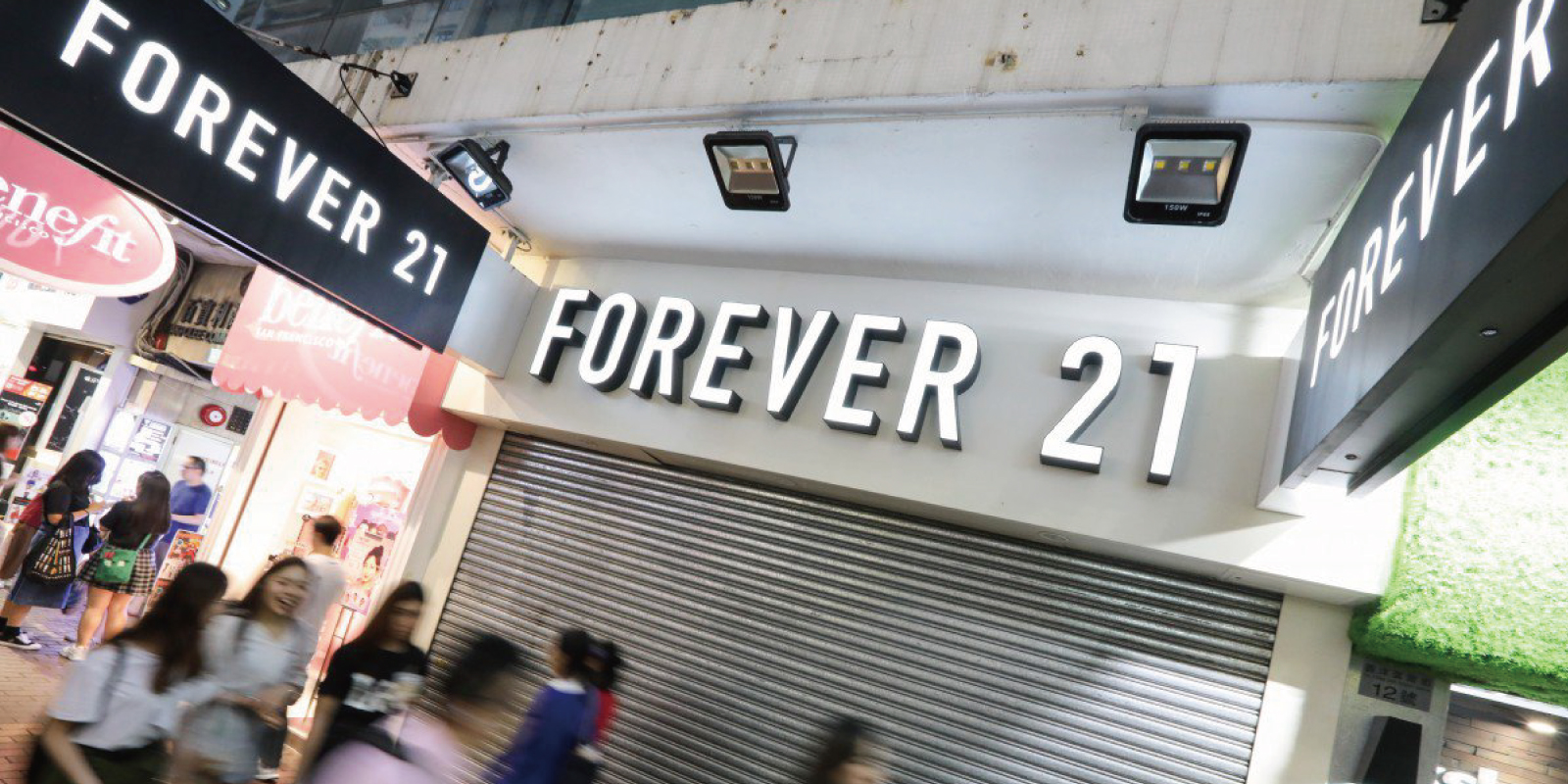
Graphic Source: SCMP
After launching the first store in Los Angeles in 1984, Forever 21 later rapidly developed into a leading enterprise in fast fashion sector, peaking at 700 outlets worldwide. What is the reason that this once-thriving retailer finally went bankruptcy? Superficially there is a sales hit for Forever 21 by the rise of competition from online sellers like Amazon and the changing fashion trends dictated by millennial shoppers. But is online retailing really killing old-fashioned physical retailing? Can’t they be compatible in the new retail age? Let’s further study the case of Forever 21.
The Reasons Why Forever 21 Went Bankruptcy
- Expanded too many physical stores with limited foot traffic
Although the foot traffic in physical store had gradually decreasing, Forever 21 still aggressively expanded its branch stores in shopping malls with high retention costs in recent years. It also opened many big-box format stores, averaging about 38,000 square feet, despite the high overhead costs. However, the retailer did not has the effective solutions and channels to attract the customers to purchase in the physical store, thus it was not able to stay profitable as foot traffic becomes less and less.
- Ignored Online Sales
Forever 21 helped popularize fast fashion in the 2000s by trendy but affordable clothes which was a great marketing point at that age, but the retailer struggled to keep pace when its mostly millennial shoppers shifted their spending online to internet fashion retailers like ASOS, as well as ecommerce platform like Amazon. There is no doubt that online shopping is convenient, however, Forever 21 did not emphasize on the online market thus it got only 16% of its sales from digital channels.
- Lack of Online-to-Offline (O2O) Strategies
O2O commerce is a new business strategy designed to bring online customers to brick and mortar locations and vice versa as well as create a seamless digital experience during the whole purchase process.
Forever 21 used to be a well-known brand name with highly number of branch stores worldwide which were supposed to be the greatest comparative advantages to run an O2O business such as providing Click & Collect Services. The customers already knew and trusted it. The combination allowed the customers to view and inspect new seasonal products in the online store and followed up with purchases in physical store or vice versa. The highly number of branch stores provided a nearly and convenient location for customers to pick up after online order.
However, Forever 21 had also fallen behind competitors in the O2O field and it was unable to fully capture the benefit from O2O commerce. When other competitors like Zara and H&M were far ahead in bridging online and physical retailer, Forever 21 only recently launched a ship-to-store option for online orders, and its stores were still notoriously filled with merchandise from old seasons and unpopular products. All of the above evidences show that Forever 21 is extremely slow to adapt to O2O commerce and lack of related strategies.
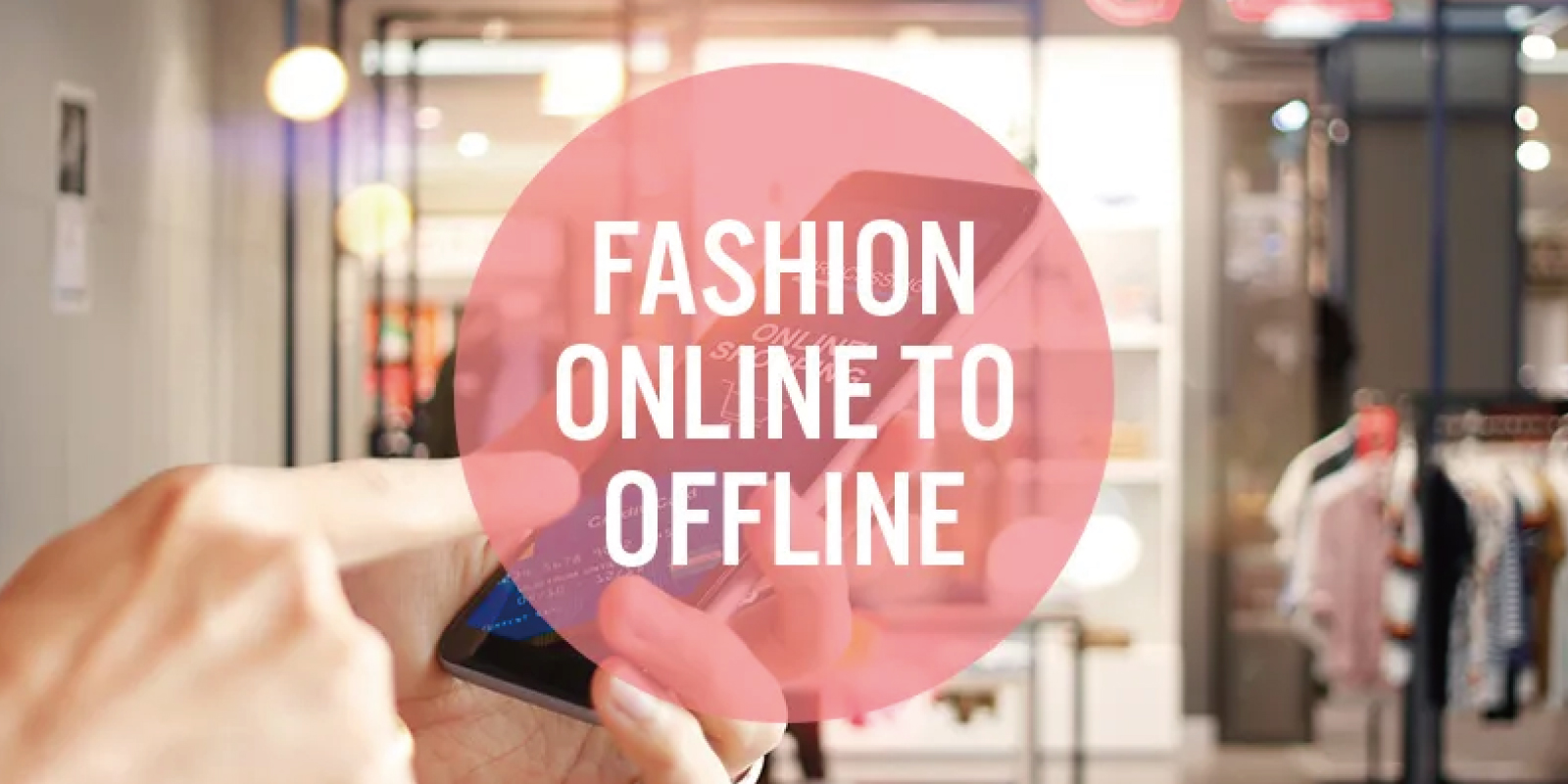
Graphic Source: coresight.com
O2O New Retail Age
Refer to the case of the Forever 21’s bankruptcy, it does not spell the end of physical retailing and it is not killed by online retailing. Oppositely, developing the O2O commerce with effective integration of online and offline channels is the new business opportunity for most of traditional retailers to adapt and keep growing under the new retail age, but Forever 21 had obviously failed to do it. This is also the main reason why Zara and H&M still dominate in the fast fashion relevance war but Forever 21 went bankruptcy.
How SMEs Can Run an O2O Commerce?
PosifyRetail is the first truly seamlessly integrated New Retail O2O cloud platform in Asia. It could cost a global retailer more than 10 million dollars for developing its own O2O retail platform, but in order to support more SMEs to grow their businesses with the fully utilization of the new potential digital opportunities from O2O at an affordable cost, PosifyRetail is designed to be a cost-effective and all-round retail system, providing everything from online to offline.
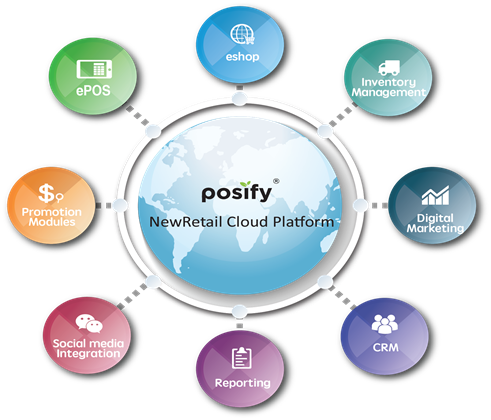
Now SMEs can enjoy the robust O2O feature of PosifyRetail by paying the lowest price as the daily coffee costs. To explore more about PosifyRetail, please click https://bit.ly/2lVLs9d
Related Article
Disclaimer
The information contained in this blog is for general information purposes only. We are not responsible for any consequences caused.
